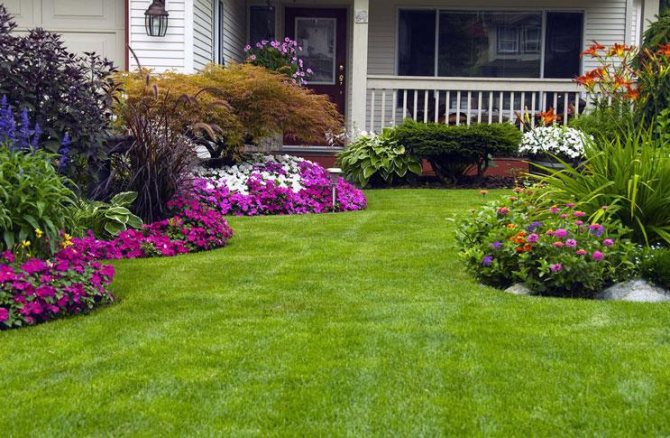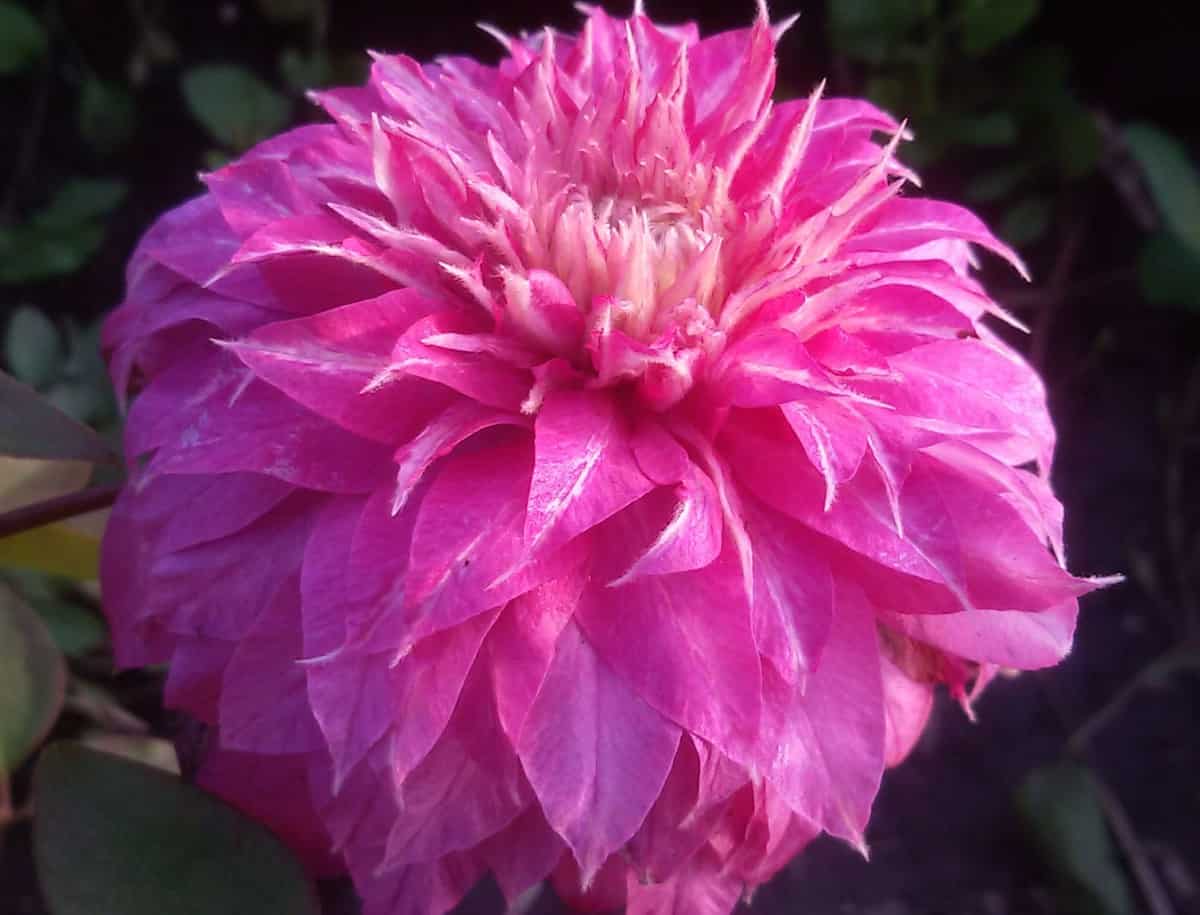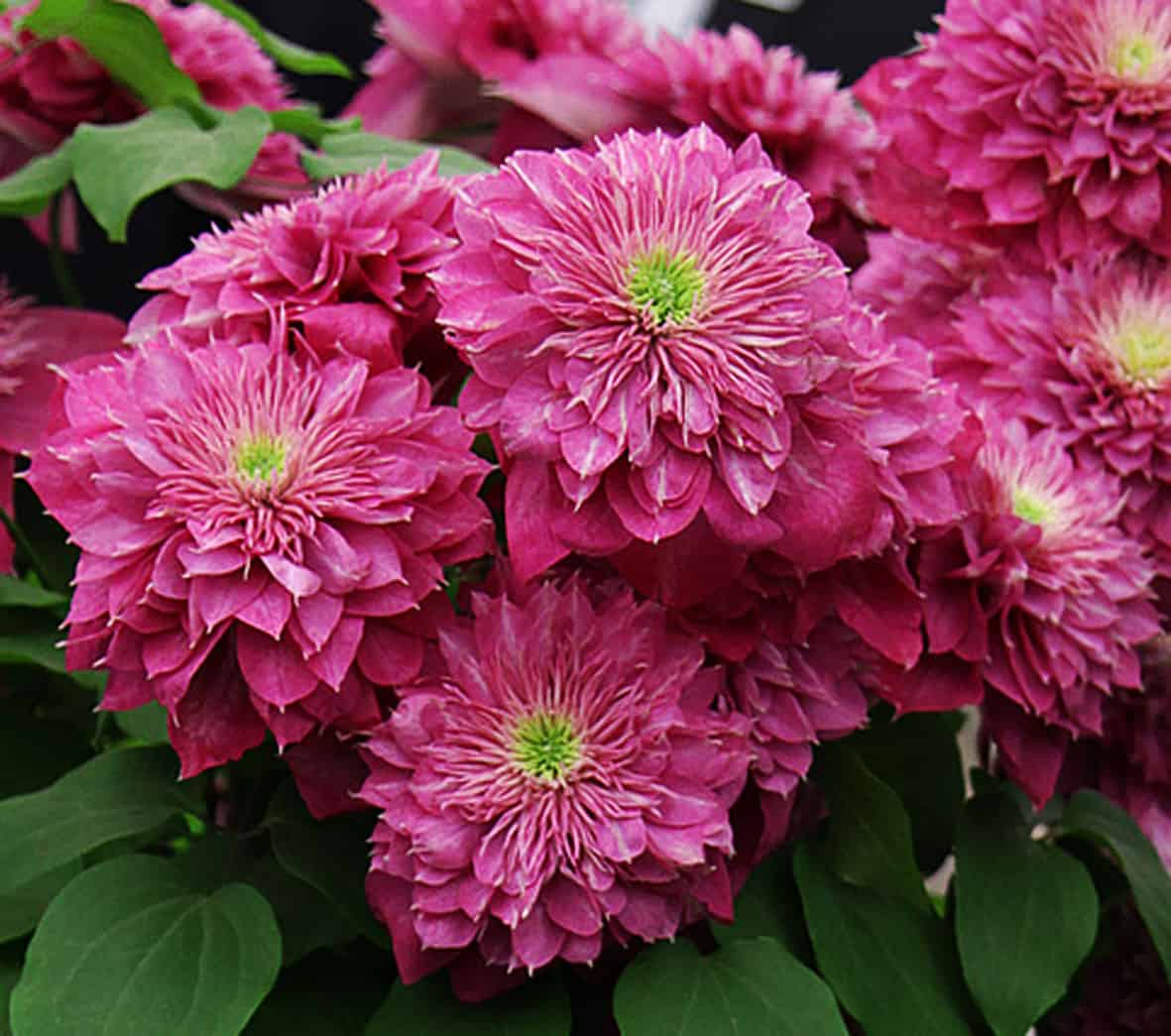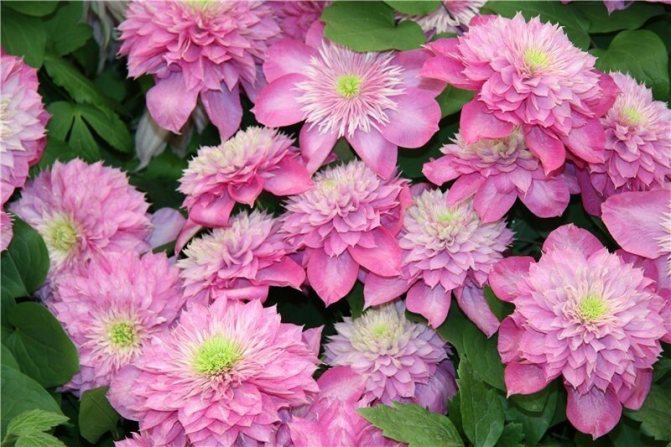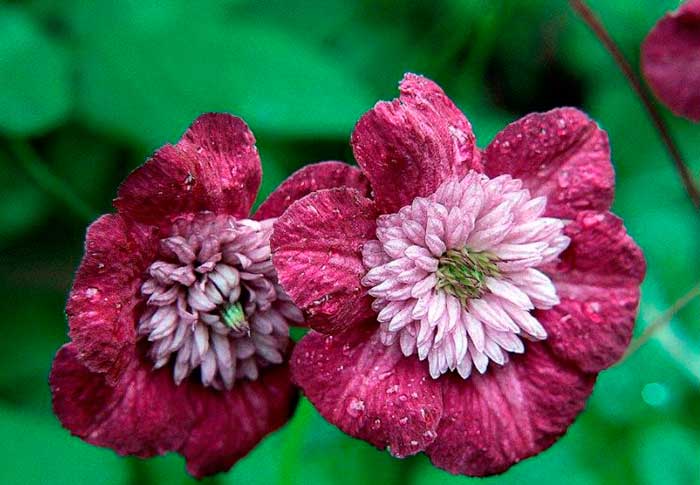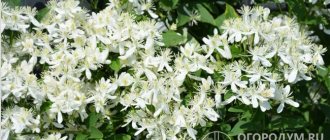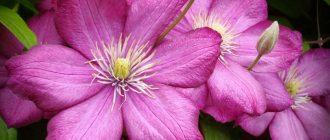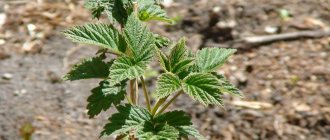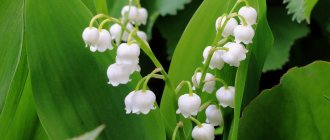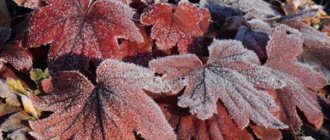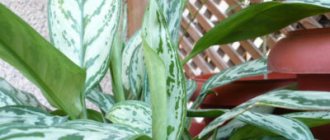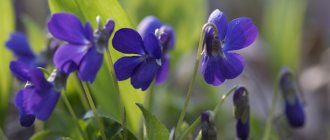Clematis "Kaiser" is an extremely decorative and relatively unpretentious vine. With her luxurious flowers, she won the hearts of European and Russian gardeners in a very short time.

The decorative qualities of Clematis Kaiser (pictured) ensured him high popularity in many countries of the world.
Our today's article is devoted to the peculiarities of the cultivation of this interesting plant.
Seat selection
One of the conditions for successful floriculture is the acquisition of high-quality planting material. Clematis reproduce by cuttings, it is better to buy them in greenhouses or from trusted amateurs who guarantee the authenticity of the variety. Young vines should be strong, healthy and viable, with no signs of wilting, suspicious leaf spots or other defects.
The best place for a new tenant is a small hillock. The Kaiser does not tolerate stagnation of moisture in the soil; he does not like heavy clay soil either. To prevent the roots of the vines from rotting, it is necessary to provide good drainage, this is especially important when the groundwater passes close by. Clematis loves neutral or alkaline soil; liming, the introduction of peat and river sand will help reduce acidity. Under the layer of nutrient earth, drainage from large pebbles or expanded clay must be placed. For disinfection, the soil can be spilled with a weak aqueous solution of potassium permanganate before planting.


The area designated for clematis should be protected from sudden gusts of wind and well lit. The ideal option is an abundance of warm morning sun and light partial shade in the afternoon. You can place vines next to the house, summer kitchen or utility room. The wall will protect the plants from bad weather, and support gratings can be reinforced on it.
Reproduction methods
Clematis of the Kaiser variety - a plant in our latitudes is not yet very common. Most likely, the first seedling will have to be bought. The prices for planting material are not democratic. It will be all the more offensive to find a completely different variety on the site. This is one of those cases when it is better to overpay, but purchase the rhizome from a trusted seller or nursery.
Existing Kaiser clematis can be propagated by layering, cuttings or dividing adult plants.
Attention!
Clematis cuttings of the Kaiser variety, when creating a greenhouse effect, root perfectly within two months.


The easiest way to propagate clematis of the Kaiser variety is to dig in one of the shoots in the spring, leaving its end above the ground. Excellent planting material will be ready for next season.
Where to begin?
It is better to plant clematis in late spring or early summer. Heat-loving vines do not tolerate even short-term frosts, a nighttime drop in temperature can slow down their growth and even destroy them. In hot midday hours, young plants will have to be protected from direct sunlight.
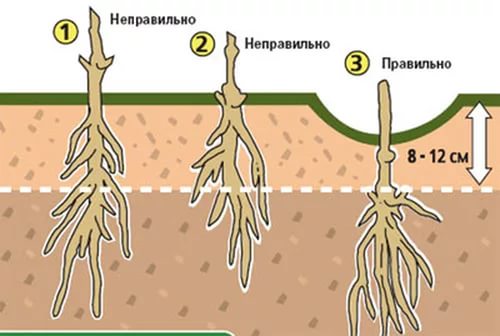

A hole 50-70 cm deep is dug in the prepared soil. Distances of at least 1 m are left between the plants. The Kaiser will branch luxuriantly, thickening of the plantings will inhibit its growth and make flowering less abundant. 1-2 buckets of old humus mixed with superphosphate are poured into the pit (no more than 100 g per bush). The seedlings are dug in to a depth of 7-8 cm. The heavier the soil, the closer the plants should be to the surface.After a year, they will have to be deepened by another 12-15 cm.
To stimulate the development of roots, immediately after planting, young clematis are cut off, leaving 3-4 lower buds on the surface. When the seedlings grow a little, they will have to be shortened again. Correct pruning does not harm the plants, they will be able to accumulate strength for rapid growth and early bud formation.
A hole is made around the seedlings through which watering is performed. It is necessary to moisten the soil immediately after planting, the water should be settled and not too cold. The soil around the clematis is mulched with peat or sawdust. This will keep the soil moist and stop weed growth.
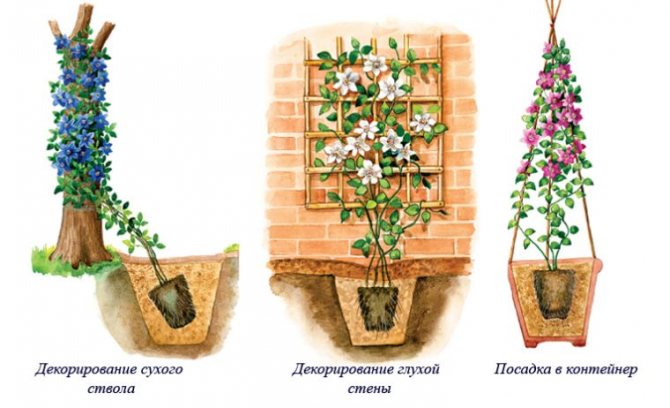

Immediately after planting, young clematis are attached to the supports. Decorative arches, poles, lattices made of plastic, metal, wood can act in their role. The minimum height of the support is 1.5 m, this is the length that adult vines have. It is worth considering that the Kaiser will completely braid the lattice or gazebo towards the end of the season, so the support should look aesthetically pleasing and without greenery. Pergolas and arches are reliably dug into the ground so that they are not knocked over by the wind. The flower grows very quickly, young shoots are tied to trellises or ropes every 2-3 days. You can fasten delicate stems with soft fabric ribbons or special plastic clips.
Hybrid characteristics
Clematis Kaiser was bred by Japanese breeders, and this happened back in 1997. The variety got to Eastern Europe much later - after 13 years. Florists fell in love with the Kaiser for the very lush multi-layered inflorescences of complex colors and its frost resistance (which is important for the Russian climate).
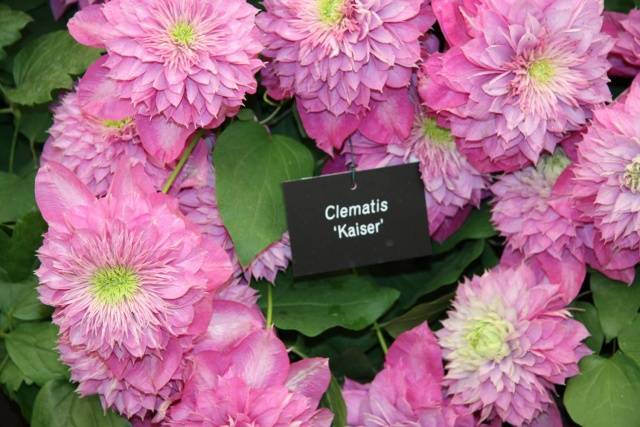

The description of the Kaiser variety clematis is as follows:
- perennial plant - clematis live for about 20-25 years;
- flowering in the Kaiser variety is medium early - from mid-May to June (the exact timing depends on the climate);
- flowering duration from May to October;
- powerful vines reach a length of 100-150 cm;
- leaves are elliptical, pointed, dark green, medium size;
- active formation of lateral processes - the Kaiser bush must be formed;
- the pruning scheme for the second type is gentle;
- inflorescences are complex, terry;
- the sizes of flowers are large - 10-14 cm in diameter;
- petals can be painted in a purple or pink hue, flowers are more often pinkish-red or lilac-purple;
- the shape of the petals in one inflorescence differs - from wide to almost needle-like;
- blotches of white are clearly visible on the petals;
- the centers of clematis are yellow;
- the number of flowers on the liana is very large - the bush is literally strewn with large inflorescences.
Attention! Clematis of the Kaiser variety is intended for vertical gardening. The bushes of this plant cannot be held on their own - they need support.
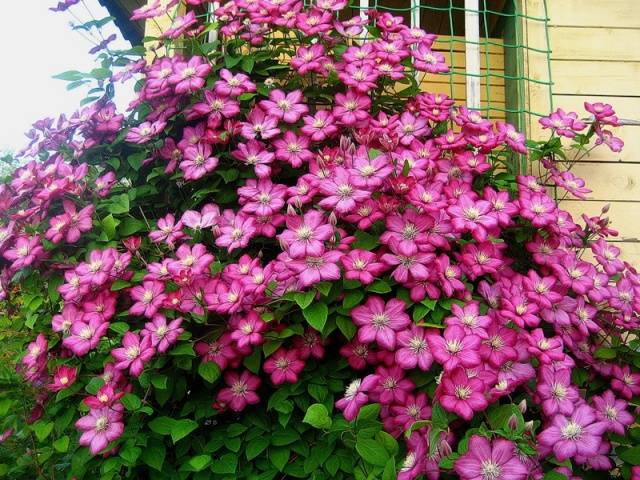

The photo does not convey all the beauty of clematis: a fragrant large-flowered liana of the Kaiser variety will become a real decoration for a suburban area. You can use these flowers for landscaping blank walls, hedges, disguising unsightly outbuildings, decorating gazebos, arches and pergolas.
Clematis care
The Kaiser needs not too frequent, but abundant watering. Use only warm, sufficiently soft water. Immediately after moistening, the soil is thoroughly loosened, this prevents the formation of a tough whitish crust on the surface and does not interfere with the penetration of oxygen to the roots.


For abundant flowering, frequent feeding is necessary. They are brought in 1 time in 7 days. A water solution of a complete complex fertilizer, birch ash, rotted manure or humus is suitable. It is advisable to alternate mineral and organic feedings.
Like other large-flowered species, the Kaiser needs pruning. The first is carried out immediately after planting, before flowering (at the end of May), a bush is formed with the removal of excess lateral shoots.You need to cut the branches with a sharp garden pruner that does not damage the branches. In the second year of the plant's life, the old shoots are shortened, leaving 2-3 buds on each. Dry and deformed areas are cut out, this stimulates the growth of powerful new shoots.
It is more convenient to propagate clematis by layering. A strong lateral shoot is sprinkled with earth so that only the crown is on the surface. It is not separated from the mother plant; for greater reliability, the shoot is fixed with staples. For early rooting, the shoot is watered with warm water, under favorable circumstances, it quickly starts to grow.
Clematis can be affected by pests: spider mites, aphids, nematodes, snails and naked slugs. Regular spraying with insecticides will help to save the planting.
Diseases and pests
The most common pests affecting large clematis leaves are spider mites and various types of aphids. It is always easier to prevent an attack. To do this, clematis of the Kaiser variety are sprayed with a solution of tar soap or insecticides are used in weak dosages. The bush is regularly inspected. If pests are found, they are treated with chemicals. The affected stems will have to be removed.
If the water balance is not observed, clematis of the Kaiser variety can be affected by various rot and fungi. In this case, the soil is treated with a solution of Azocene or Fundazol. The plant itself can be sprayed with Fitosporin solution.
Wintering subtleties
Kaiser belongs to the thermophilic varieties. However, it is not worth insulating them too early. Experienced growers recommend preparing plants for winter in 2 stages. When the temperature on the thermometer begins to approach zero, the bush is covered with sawdust, spruce branches, needles, a mixture of sand and ash. After cutting, clematis is covered with a thick plastic wrap. If the temperature rises unexpectedly, the insulation can be removed.
With further cooling, the plant begins to seriously prepare for wintering. The cut bush is covered with an additional layer of sawdust or sand, a wooden box is installed on top, which is covered with a sheet of roofing material. After the snow falls, you can build a small snowdrift over the plant, it will become an excellent natural insulation.
With the beginning of spring, the remnants of the snow are removed, grooves are dug next to the plant to drain water. With the onset of heat, boxes are removed from the bushes, the soil around is cleared and loosened. Plants are cut so that 3-4 large buds remain on the surface. To stimulate growth, the bushes need to be fed with milk of lime or urea solution.
Liana Kaiser is an excellent decoration for any site. With proper care, clematis will delight with lush flowering, without requiring constant attention. The plant is in perfect harmony with other ampel varieties and is ideal for decorating and zoning a garden.
general description
Clematis of this variety appeared not so long ago, and is considered young and new. Clematis themselves appeared in the 18th century, and this variety began to delight with large flowers in 1994. And in 2010 he became famous in Russia.
- The variety was bred in Japan, but also became popular in the middle lane.
- The plant is biennial and climbing, reaches a height of 1 - 1.5 m.
- The flowering period begins in the second half of May and lasts until mid-June. The flowers are very beautiful, up to 10 cm in diameter.
- The structure of the flower is terry, the flowers cover the bush completely. When the second wave of flowering begins, then the flowers become less, but the beauty of the flower from this becomes no less. The first buds appear in the spring, and the second time in July.
- The plant needs a lattice made of metal or wood, a wooden pergola, rope fasteners are suitable.
- Leaves are dark green, medium size. The shape of the leaves is like an ellipse, the ends are pointed. The plant develops many lateral processes.Clematis needs regular formation of the aboveground part.
- The flowers are saturated lilac-pink, sometimes reddish-pink, almost lilac. We can see white stripes on the petals. The core of the flower is lemon yellow.
- An interesting feature is that when it is cool outside, the petals change color to green, with a light shade.
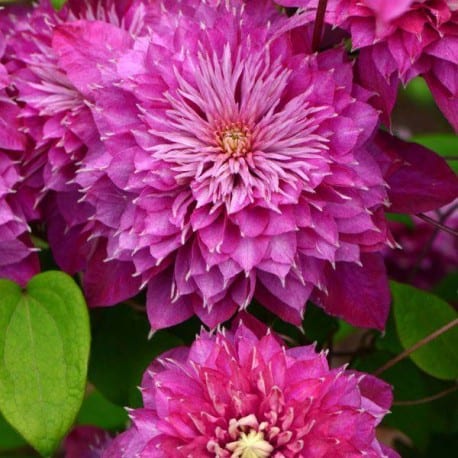

Features of the variety
Clematis "Kaiser" Has only the most positive reviews and characteristics. But there are features that both an experienced florist and a beginner need to know about.
- It is a very thermophilic plant.
- It grows poorly in areas where moisture stagnates or groundwater flows too close to the soil surface.
- Clematis Kaiser loves the abundance of the sun.
- Does not tolerate sudden changes in temperature very well.
- Despite the exactingness, it winters well in regions with a temperate climate.
By flower size
It is a very simple and seemingly understandable classification, since the only parameter that is considered is the size of the flower.
According to this classification, clematis can be:
1Large-flowered. Their flowering parts exceed 10 cm in size. Approximately 95% of this group are hybrids and varietal plants obtained in the last hundred years.
2Small-flowered. The size of the flowering part is from 2 to 9 cm. Basically, it is represented by botanical species and the results of breeding 200-300 years ago. Representatives of this group are more often found in the wild than large-flowered ones.
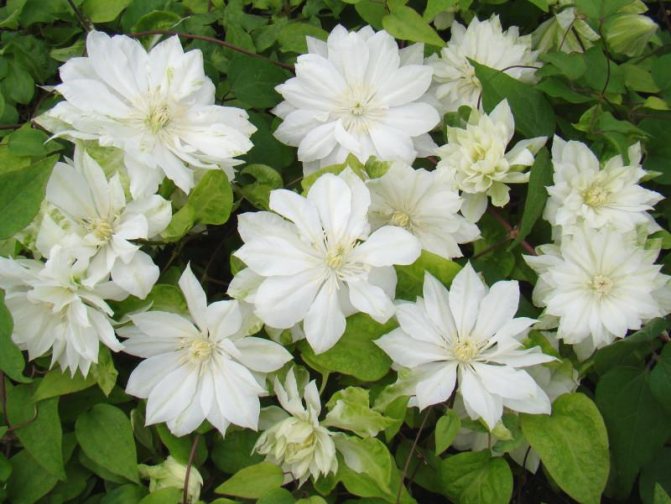

Large-flowered clematis Yukiokoshi. Flowers up to 13 cm in diameter
Such a classification, naturally, does not take into account the peculiarities of plant cultivation and can only be used as a rough guide to the history of a plant or some part of its decorative functions.
Special features of the group


The third group of clematis is one of the easiest to breed. This includes varieties that have a long flowering period (up to 3 months), while in most species it is later. The reason for this phenomenon is the fact that the vine sets buds only on a young growth. Accordingly, this leaves an imprint on the procedure for forming a bush: every year it is necessary to completely cut out the bush, leaving stumps no more than 15 cm in height (one or two buds). This is enough for the vine to revive.
Varieties of the third group have one more feature: they grow rather quickly and if you neglect pruning, soon the bush will turn into a tangled ball of ugly twisted lashes. What can I say about the fact that you will have to forget about flowering. Thus, annually cutting off the shoots that have grown during the season, you can not only update the bush and maintain its compact forms, but also preserve the varietal qualities of flowering.
Pruning is best done in autumn - then the bush, or rather its remnants, will be easier to cover and prepare for wintering.
And now we bring to your attention a description of the most popular varieties of clematis of the third pruning group (with photo).
Classification
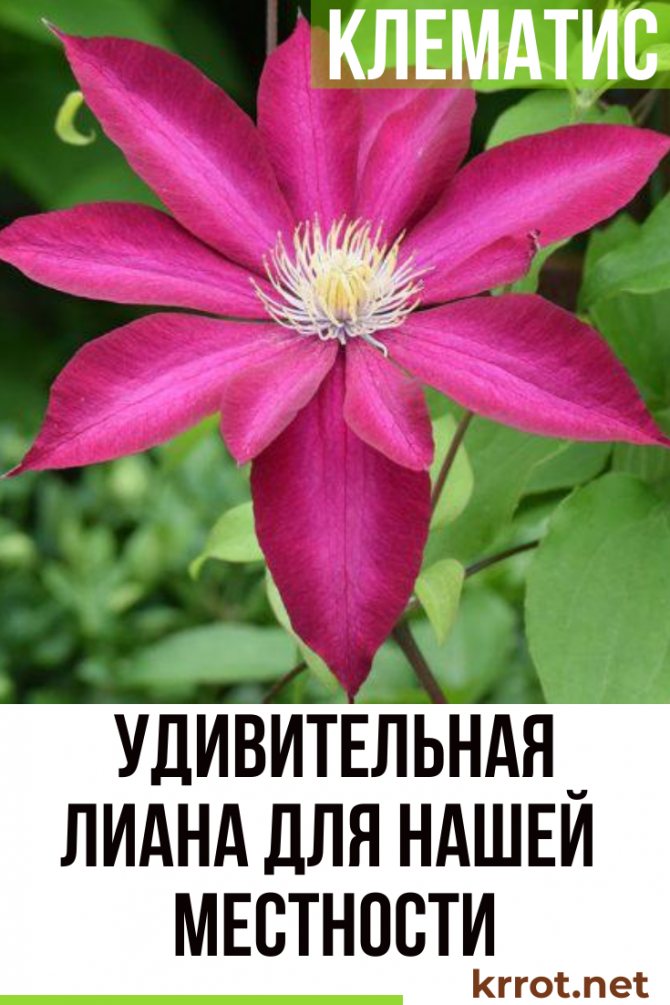

Despite the fact that clematis has been known to mankind since ancient times, its professional selection was started only in the 16th century. And even then, most of the new species were obtained no more than 100 years ago.
Almost all clematis existing at the beginning of the 21st century were derived from several hybrids obtained in Poland and Holland.
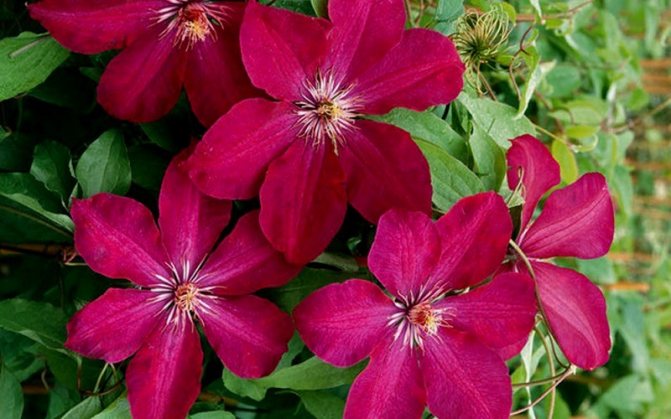

Clematis grade "Red Cardinal"
The large number of varieties of this plant often confuses their correct name or definition. Even experienced gardeners sometimes cannot correctly determine the belonging of a particular species.
Currently, there are four classification systems for clematis, which are based on the following differences:
- By flower size
- By color
- By the origin of plants
- By type of pruning or place of flower formation
Currently, the scientific world of botanists has not chosen which classification to use for clematis. The last two classifications are of interest. One considers plants as the result of crossing several independent taxa, the other takes into account some physiological characteristics of plants.
From the point of view of botany, the latter is the closest to scientific, since all other classifications are, rather, of a commercial nature.
Let's consider them in more detail:
back to menu ↑
See also: Bubbles: species, description of 18 popular varieties, planting and care (80+ Photos & Videos) + Reviews
Gardeners reviews
Tatnyushka
Clematis has been growing here for four years for sure. Every year it builds up the root system and green mass. Flowers grow larger every year. Compared to the first year, the flowers are now twice as large in size.
elenaminsk2014
Flowering occurs on the shoots of the current year, so for the winter it is cut to the ground, which in turn facilitates shelter.

